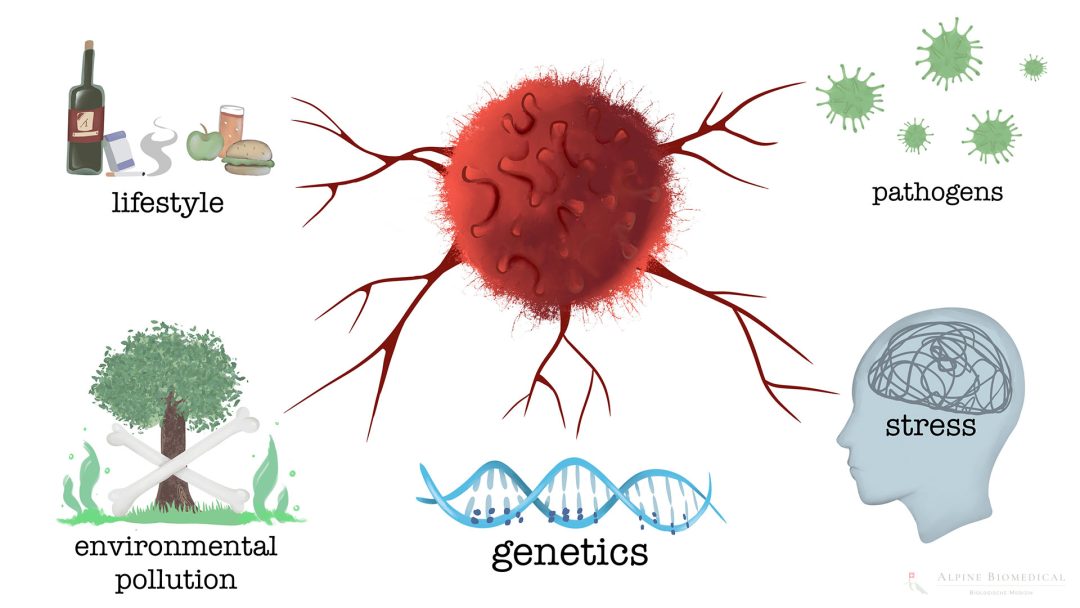Carcinoma

Carcinomas are malignant tumors that develop from epithelial tissue and can occur in various organs. Common carcinomas include for example colon, breast or skin cancer.
These types of cancer develop when cells undergo spontaneous genetic changes that ultimately lead to uncontrolled cell growth.
Early Detection of Carcinomas
Early detection is of the utmost importance, as carcinomas can be treated more easily and effectively at an early stage. This can be supported, for example, by regular screening examinations and paying attention to alarming symptoms such as unexplained weight loss or persistent, chronic pain.
Diagnosis and Treatment of Carcinomas
Diagnosics is carried out using imaging procedures, biopsies and blood tests.
Carcinomas are treated depending on their stage and localization. In general, conventional medicine offers a combination of surgery, radiotherapy and chemotherapy.
Complementary and holistic therapy approaches and accompanying treatments can speed up recovery and reduce undesirable side effects.
Dr. med. Karsten Ostermann M.A.
Advances in medicine are increasingly offering more and more individualized approaches to therapy, which is why an open exchange with the attending physician is crucial for integrative care.

Further information
The information listed contains relevant topics and serves to improve understanding.